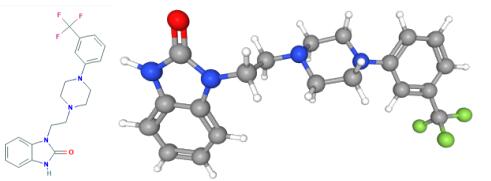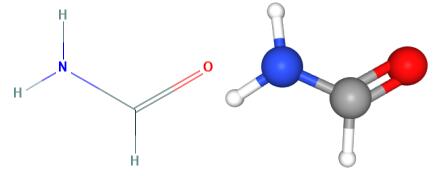What is Ostarine?
Feb 20,2020
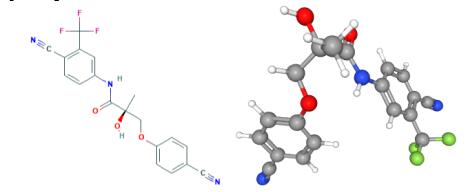
References
- Related articles
- Related Qustion
- Ostarine: Overview and Clinical Efficacy Dec 11, 2024
Ostarine, a selective androgen receptor modulator, enhances muscle growth and fat loss, lacks FDA approval, and requires careful use and post-cycle therapy for sustained benefits.
- Ostarine: Side Effects and Dosage Dec 8, 2022
The passage introduces the side effects and dosage of Ostarine.
- Health risks of Ostarine Apr 13, 2022
Ostarine , also known as MK-2866, is an investigational selective androgen receptor modulator (SARM) developed by GTx, Inc. for the treatment of conditions such as muscle wasting and osteoporosis, formerly under development by Merck & Compa
Flibanserin is a novel multifunctional serotonin agonist and antagonist (MSAA) that improves sexual functioning in premenopausal women who suffer from reduced sexual interest and desire.....
Feb 20,2020Hormones and the Endocrine SystemFormamide is the simplest monocarboxylic acid amide, obtained by formal condensation of formic acid with ammonia. The parent of the class of formaldehydes. Formamide has a role as a solvent.....
Feb 20,2020AmidesOstarine
841205-47-8You may like
- (S)-N-(4-cyano-3-(trifluoromethyl)phenyl)-3-(4-cyanophenoxy)-2-hydroxy-2-methylpropanamide
-

- 2025-12-18
- CAS:841205-47-8
- Min. Order:
- Purity: 0.99
- Supply Ability:
- Ostarine;MK2866 ;MK2
-
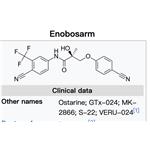
- $30.00/ g
- 2025-12-17
- CAS:841205-47-8
- Min. Order: 100g
- Purity: 99%
- Supply Ability: 1000kg
- Ostarine
-
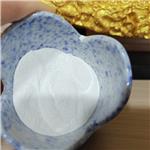
- $10.00 / 1box
- 2025-12-17
- CAS:841205-47-8
- Min. Order: 1box
- Purity: 99%
- Supply Ability: 100000box




